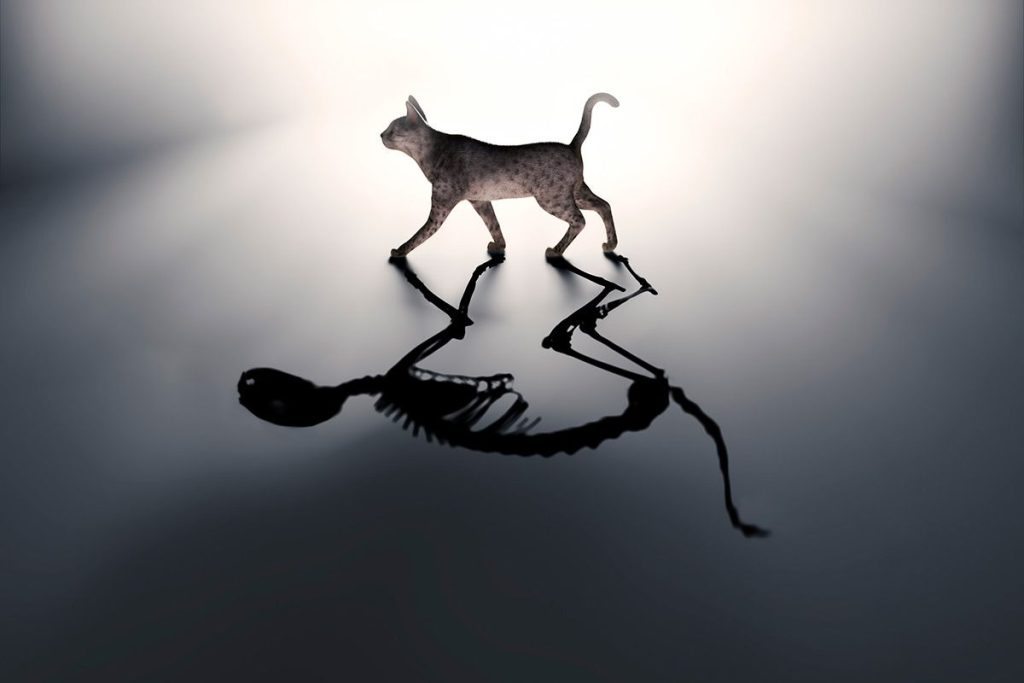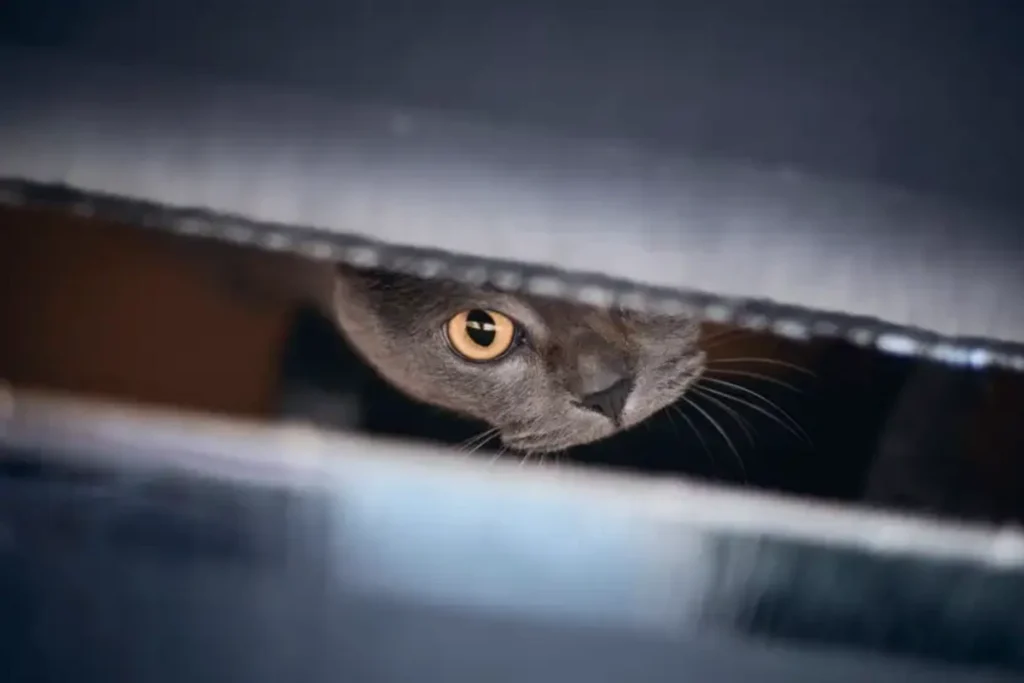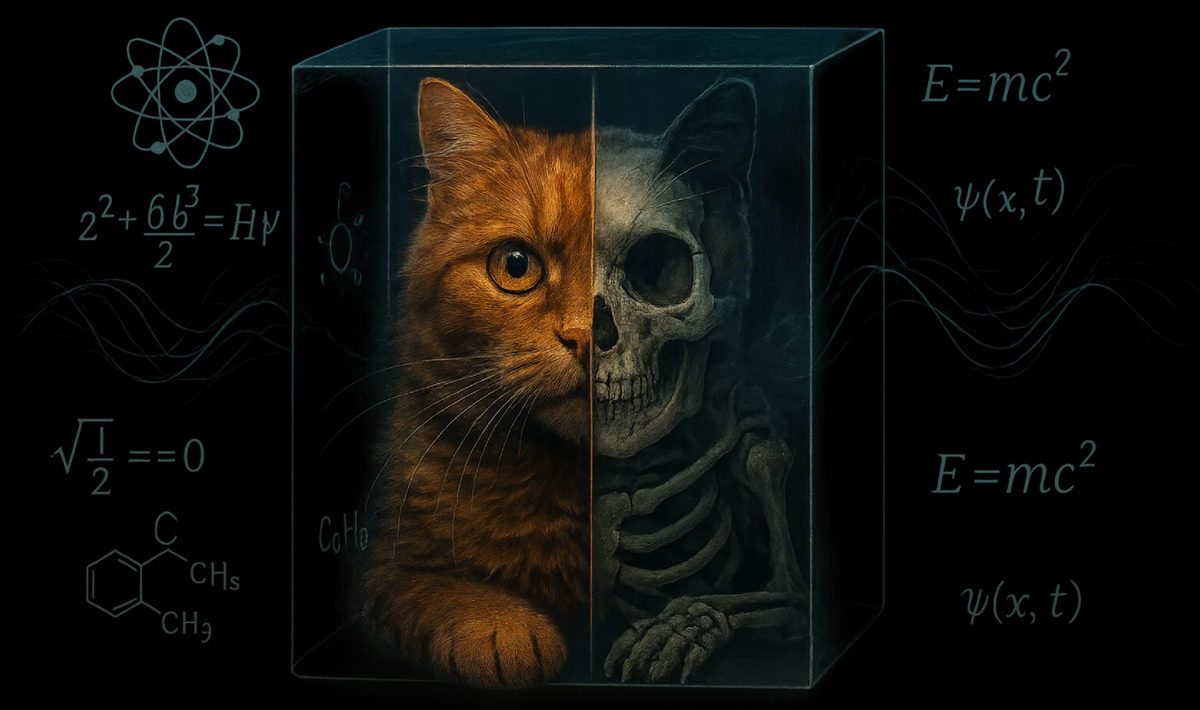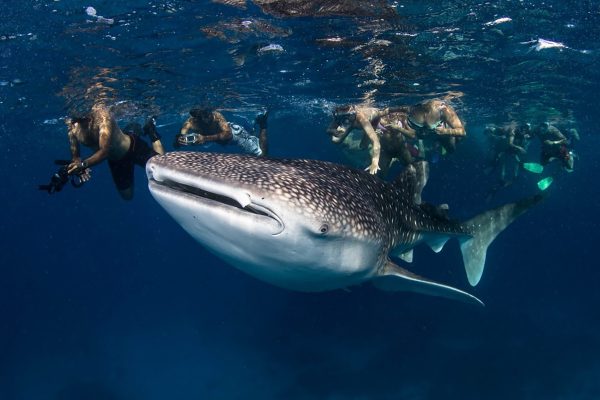As strange as it may seem, quantum mechanics describes the world around us
It was 1935, and Erwin Schrödinger was fed up with reading nonsense. It had been less than a decade since the birth of modern quantum mechanics, but the world was already filled with delusional pseudo-philosophical reflections on what reality really was.
That’s when poor Erwin got fed up and decided to tell us about his cat.
Schrödinger’s famous cat. About his cat, an opaque closed box, and a container of poisonous gas. The container in question is controlled by an opening device that only works if a radioactive particle decays within a certain period of time.
After that period, the probability that the cat is dead is 50% and that it is alive is also 50%. “If we don’t open the box,” says the standard version of this ‘paradox’, “the cat will be both alive and dead at the same time.” Or, to put it another way, we could rest assured: as long as we didn’t open the box, the cat wouldn’t really be dead.

According to many interpreters, in fact, it would be the person who opens the box who kills the cat.
No one understands poor Erwin. The interesting thing about all this is that, although it has been used ad nauseam to illustrate the idea of quantum superposition, Schrödinger used it to demonstrate the absurdity of applying categories of quantum mechanics to the real (macroscopic) world. For the Austrian physicist, the cat would be alive or dead regardless of whether we opened the box or not.
But… what if that’s not the case? However, half a century after all this, there was a group of researchers at the University of Berkeley who were not so sure. For some years, it had been known that we were missing a key piece of information to understand the process of molecular decay.
That is, “the ability of individual particles to disintegrate is well known” (this is, for example, the physical fact behind carbon-14); the thing is, according to what we knew about physics, that couldn’t be. Particles shouldn’t disintegrate.
Between 1984 and 1985, John Clarke, Michel H. Devoret, and John M. Martinis conducted a series of experiments with a closed electrical circuit using superconductors and demonstrated that, well, Schrödinger was wrong.
How was he wrong? As I said, the intention of the cat thought experiment was “to demonstrate the absurdity of this situation, since the special properties of quantum mechanics tend to disappear on a macroscopic scale. The quantum properties of a whole cat cannot be demonstrated in a laboratory experiment.”

However, since these researchers succeeded in demonstrating that the very strange properties of the quantum world can also be seen in a larger system, none of this is so clear.
This is explained very well by people like Anthony Leggett because, although “a macroscopic system composed of numerous Cooper pairs is still many orders of magnitude smaller than a kitten,” the key to the experiment is that “there are phenomena involving a large number of particles that, together, behave as predicted by quantum mechanics.”
A Nobel Prize for killing a cat. “You would be very surprised if the ball suddenly appeared on the other side of the wall. In quantum mechanics, this type of phenomenon is called the tunnel effect, and it is precisely the type of phenomenon that has given it the reputation of being strange and counterintuitive,” explained the award committee. That is precisely what these researchers demonstrated could happen at the macroscopic level.
But they did something else. And I’m not referring to laying the foundations that have allowed us to create the technological system we know today: from the transistors in the computer microchips we see everywhere to quantum cryptography. No. I’m referring to blurring the wall that separated the world of the very small from the world we know.
Along the way, they “killed a cat”; but through the gap they opened, some of the best science we have has slipped through.




